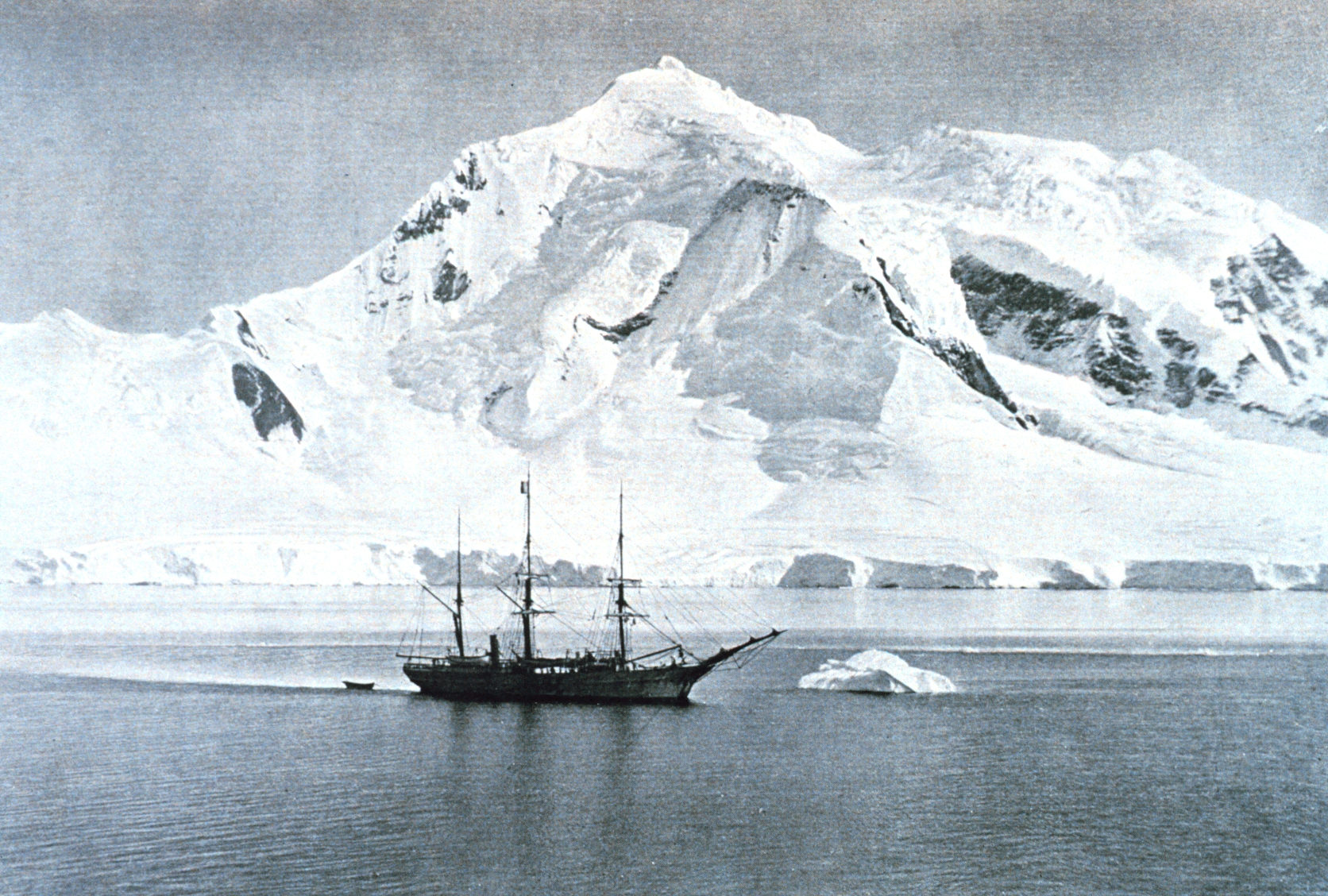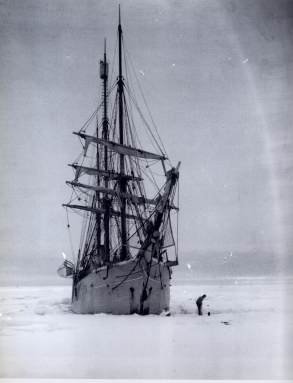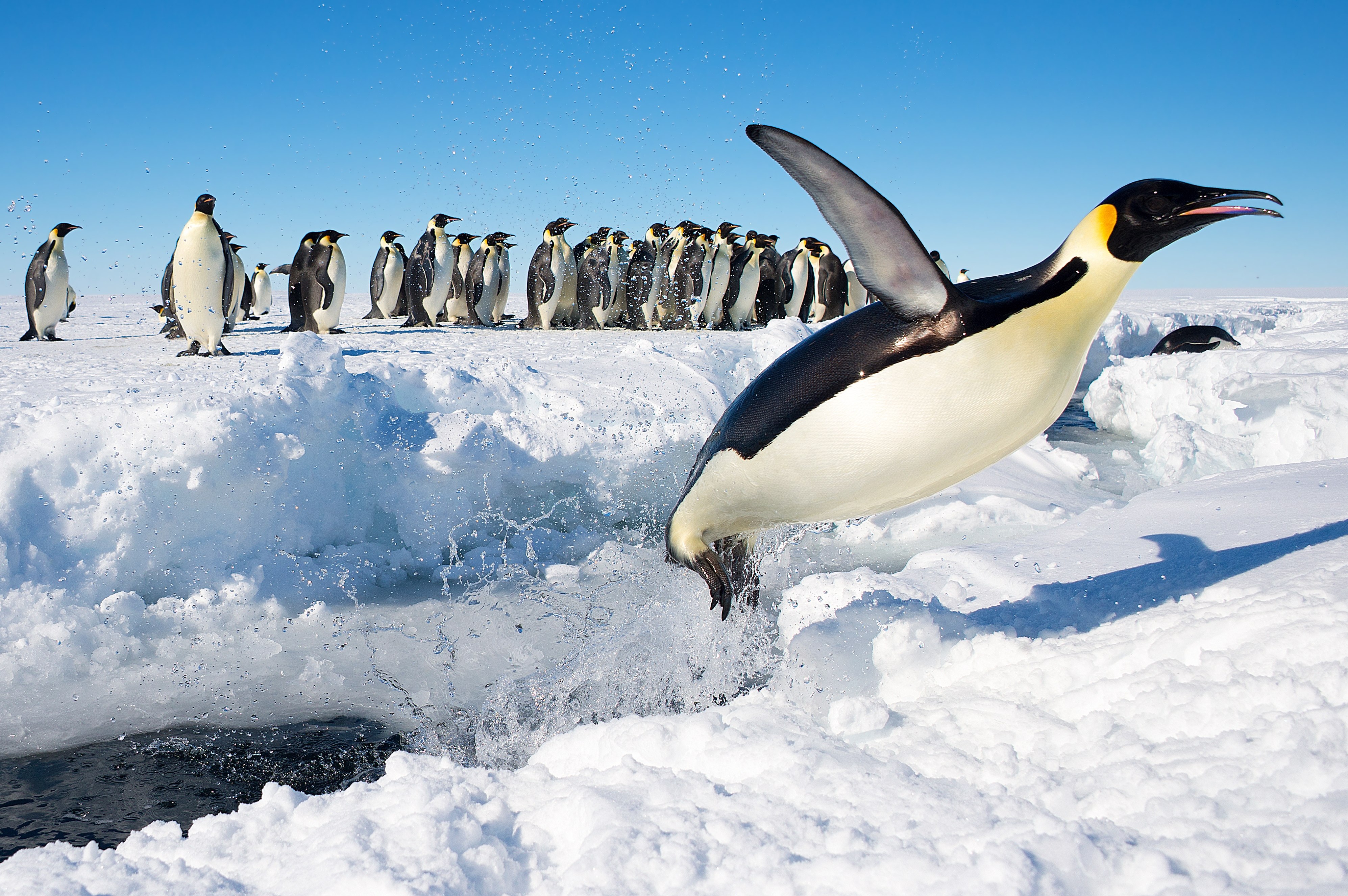|
Mount Gaston De Gerlache
Mount Gaston de Gerlache is the southernmost massif, high, in the Queen Fabiola Mountains of Antarctica. It was discovered on 7 October 1960 by the Belgian Antarctic Expedition, 1960, under Guido Derom, and was named by Derom for Gaston de Gerlache, son of Adrien de Gerlache (leader of the first Belgian Antarctic Expedition, 1897–99). Gaston led the Belgian Antarctic Expedition, 1957–58, which landed on Princess Ragnhild Coast and built the Roi Baudouin Station to carry out the scientific program of the International Geophysical Year The International Geophysical Year (IGY; french: Année géophysique internationale) was an international scientific project that lasted from 1 July 1957 to 31 December 1958. It marked the end of a long period during the Cold War when scientific i .... References Mountains of Queen Maud Land Prince Harald Coast {{QueenMaudLand-geo-stub ... [...More Info...] [...Related Items...] OR: [Wikipedia] [Google] [Baidu] |
Queen Fabiola Mountains
Queen Fabiola Mountains is a group of mountains in Antarctica, long, consisting mainly of seven small massifs which trend north–south, forming a partial barrier to the flow of inland ice. The mountains stand in isolation about southwest of the head of Lutzow-Holm Bay. The mountains were discovered and photographed from aircraft by the Belgian Antarctic Expedition under Guido Derom on 8 October 1960. With permission from King Baudouin of Belgium, the mountains were named after his newly wedded wife Fabiola. In November–December 1960, the mountains were visited by a party of the Japanese Antarctic Research Expedition (JARE), 1957–1962, which made geomorphological and geological surveys. They applied the name Yamato Mountains. The highest massif is Mount Fukushima (2,470 m). The Japanese Antarctic Research Expedition (JARE) found the Yamato 000593 Martian meteorite in 2000 on the Yamato Glacier, at the Queen Fabiola Mountains. With a mass of , Yamato 000593 is the seco ... [...More Info...] [...Related Items...] OR: [Wikipedia] [Google] [Baidu] |
Massif
In geology, a massif ( or ) is a section of a planet's crust that is demarcated by faults or flexures. In the movement of the crust, a massif tends to retain its internal structure while being displaced as a whole. The term also refers to a group of mountains formed by such a structure. In mountaineering and climbing literature, a massif is frequently used to denote the main mass of an individual mountain. The massif is a smaller structural unit of the crust than a tectonic plate, and is considered the fourth-largest driving force in geomorphology. The word is taken from French (in which the word also means "massive"), where it is used to refer a large mountain mass or compact group of connected mountains forming an independent portion of a range. One of the most notable European examples of a massif is the Massif Central of the Auvergne region of France. The Face on Mars is an example of an extraterrestrial massif. Massifs may also form underwater, as with the Atlantis ... [...More Info...] [...Related Items...] OR: [Wikipedia] [Google] [Baidu] |
Belgian Antarctic Expedition, 1960
Belgium was one of the 12 countries that initially negotiated and signed the Antarctic Treaty (Washington, 1959).Belgian Polar Science History , from the official website of the Belgian Science Policy History The first Belgian expedition of scientific nature was led by aboard the ''''. The expedition involved over wintering and spanned from 1897 to 1899. The findings of the ex ...[...More Info...] [...Related Items...] OR: [Wikipedia] [Google] [Baidu] |
Guido Derom
Guido is a given name Latinised from the Old High German name Wido. It originated in Medieval Italy. Guido later became a male first name in Austria, Germany, the Low Countries, Scandinavia, Spain, Portugal, Latin America and Switzerland. The meaning of the name is debated, with various sources indicating the Germanic "Wido" means "wood" and others connecting the Italian form "Guido" to the latinate root for "guide". The slang term '' Guido'' is used in American culture to refer derogatorily to an urban working-class Italian or Italian-American male who is overly aggressive or macho with a tendency for certain conspicuous behavior. It may also be used as a more general ethnic slur for working-class urban Italian Americans. People Given name ;Medieval times *Guido of Acqui (–1070), bishop of Acqui, Italy * Guido of Anderlecht (–1012), Belgian saint *Guido of Arezzo (–after 1033), Italian music theorist *Guido da Velate, (died 1071) bishop of Milan *Guido Bonatti (died ), ... [...More Info...] [...Related Items...] OR: [Wikipedia] [Google] [Baidu] |
Gaston De Gerlache
Baron Gaston de Gerlache de Gomery ( Brussels, 17 November 1919 – Oudenaarde, 13 July 2006) was a Belgian polar explorer. Gaston de Gerlache was the son of Adrien de Gerlache, and followed in the tracks of his father by leading the second Belgian expedition to Antarctica in 1957–1958, 60 years after his father led the 1897–1899 Belgian Antarctic Expedition aboard the ship ''Belgica''. Gaston de Gerlache and his crew established the King Baudouin Base in 1958 in the context of the International Geophysical Year. On 11 December 1958 an aircraft with four Belgians, led by Gaston de Gerlache crashed in the Crystal Mountains, 250 km from King Baudouin Base, Antarctica. The crew was searched for and rescued on 16 December by the Soviet polar pilot V. M. Perov on an Li-2 aircraft, that had taken off from Mirny Station. [...More Info...] [...Related Items...] OR: [Wikipedia] [Google] [Baidu] |
Adrien De Gerlache
Baron Adrien Victor Joseph de Gerlache de Gomery (; 2 August 1866 – 4 December 1934) was a Belgian officer in the Belgian Royal Navy who led the Belgian Antarctic Expedition of 1897–99. Early years Born in Hasselt in eastern Belgium as the son of an army officer, de Gerlache was educated in Brussels. From a young age he was deeply attracted by the sea, and made three voyages in 1883 and 1884 to the United States as a cabin boy on an ocean liner. He studied Engineering at the Free University of Brussels. After finishing his third year in 1885, he quit the university and joined the Belgian Navy on 19 January 1886. After graduating from the nautical college of Ostend he worked on fishery protection vessels as second and third lieutenant. In October 1887 he signed on as seaman on the ''Craigie Burn'', an English ship, for a voyage to San Francisco, but the ship failed to round Cape Horn and was sold for scrap in Montevideo. He returned to Europe after spending time in Urugu ... [...More Info...] [...Related Items...] OR: [Wikipedia] [Google] [Baidu] |
Belgian Antarctic Expedition
The Belgian Antarctic Expedition of 1897–1899 was the first expedition to winter in the Antarctic region. Led by Adrien de Gerlache de Gomery aboard the RV ''Belgica'', it was the first Belgian Antarctic expedition and is considered the first expedition of the Heroic Age of Antarctic Exploration. Among its members were Frederick Cook and Roald Amundsen, explorers who would later attempt the respective conquests of the North and South Poles. Preparation and surveying In 1896, after a period of intensive lobbying, Adrien Victor Joseph de Gerlache de Gomery purchased the Norwegian-built whaling ship ''Patria'', which, following an extensive refit, he renamed . Gerlache had worked together with the Geographical Society of Brussels to organize a national subscription, but was able to outfit his expedition only after the Belgian government voted in favor of two large subsidies, making it a state-supported undertaking. With a multinational crew that included Roald Amundsen from ... [...More Info...] [...Related Items...] OR: [Wikipedia] [Google] [Baidu] |
Belgian Antarctic Expedition, 1957–58
Belgium was one of the 12 countries that initially negotiated and signed the Antarctic Treaty (Washington, 1959).Belgian Polar Science History , from the official website of the Belgian Science Policy History The first Belgian expedition of scientific nature was led by aboard the ''''. The expedition involved over wintering and spanned from 1897 to 1899. The findings of the ex ...[...More Info...] [...Related Items...] OR: [Wikipedia] [Google] [Baidu] |
Princess Ragnhild Coast
Princess Ragnhild Coast is the portion of the coast of Queen Maud Land in Antarctica lying between 20° E and the Riiser-Larsen Peninsula, at 34° E. All but the eastern end of the coast is fringed by ice shelves. It was discovered by Capt. Hjalmar Riiser-Larsen and Capt. Nils Larsen in aerial flights from the ship ''Norvegia'' on February 16, 1931, and named for Princess Ragnhild of Norway. Vestvika Bay is a large bay on the west side of Riiser-Larsen Peninsula; it was mapped from air photos taken by the Lars Christensen Expedition, 1936–37, and named Vestvika, meaning "west bay." Important Bird Area A 379 ha site on fast ice, within a crack in the ice shelf some 230 km west of the Riiser-Larsen Peninsula, has been designated an Important Bird Area (IBA) by BirdLife International because it supports a breeding colony of emperor penguin The emperor penguin (''Aptenodytes forsteri'') is the tallest and heaviest of all living penguin species and is endemic to A ... [...More Info...] [...Related Items...] OR: [Wikipedia] [Google] [Baidu] |
Roi Baudouin Station
Roi or ROI may refer to: People * Adenes Le Roi (c. 1240–c. 1300), French minstrel * Roi Cohen Kadosh (born 1976), Israeli-British cognitive neuroscientist * Roi Huber (born 1997), Israeli basketball player * Roi Kahat (born 1992), Israeli footballer * Roi Klein (1975–2006), major in the Israeli Defense Forces * Roi Kwabena (1956–2008), Trinidadian cultural anthropologist and writer * Roi Méndez (born 1993), Spanish singer * Vincent Roi Ottley (1906—1960), African-American journalist and writer * Roi Partridge (1888–1984), American printmaker and teacher * Rói Patursson (born 1947), Faroese writer and philosopher * Roi Wilson (1921–2009), Royal Navy aviator * Alice Roi (born 1976), American fashion designer * "Le Roi" (French for "the King"), a nickname for French retired basketball player Antoine Rigaudeau (born 1971) * Qin Fen (born 1991), Chinese singer, also known as Roi Places * Republic of Iceland, an island nation in the North Atlantic * Republic of I ... [...More Info...] [...Related Items...] OR: [Wikipedia] [Google] [Baidu] |
International Geophysical Year
The International Geophysical Year (IGY; french: Année géophysique internationale) was an international scientific project that lasted from 1 July 1957 to 31 December 1958. It marked the end of a long period during the Cold War when scientific interchange between East and West had been seriously interrupted. Sixty-seven countries participated in IGY projects, although one notable exception was the mainland People's Republic of China, which was protesting against the participation of the Republic of China ( Taiwan). East and West agreed to nominate the Belgian Marcel Nicolet as secretary general of the associated international organization. The IGY encompassed eleven Earth sciences: aurora and airglow, cosmic rays, geomagnetism, gravity, ionospheric physics, longitude and latitude determinations (precision mapping), meteorology, oceanography, seismology, and solar activity. The timing of the IGY was particularly suited for studying some of these phenomena, since it cove ... [...More Info...] [...Related Items...] OR: [Wikipedia] [Google] [Baidu] |
Mountains Of Queen Maud Land
A mountain is an elevated portion of the Earth's crust, generally with steep sides that show significant exposed bedrock. Although definitions vary, a mountain may differ from a plateau in having a limited summit area, and is usually higher than a hill, typically rising at least 300 metres (1,000 feet) above the surrounding land. A few mountains are isolated summits, but most occur in mountain ranges. Mountains are formed through tectonic forces, erosion, or volcanism, which act on time scales of up to tens of millions of years. Once mountain building ceases, mountains are slowly leveled through the action of weathering, through slumping and other forms of mass wasting, as well as through erosion by rivers and glaciers. High elevations on mountains produce colder climates than at sea level at similar latitude. These colder climates strongly affect the ecosystems of mountains: different elevations have different plants and animals. Because of the less hospitable terrain and ... [...More Info...] [...Related Items...] OR: [Wikipedia] [Google] [Baidu] |




